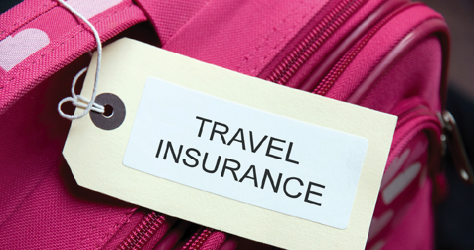For
those who think travel insurance is pointless, it isn't and here is how you
should shop for one!
Travel
insurance has many facets. Most of these go ignored as people tend to
underestimate the importance of travel insurance. Someone who thinks he is
healthy rejects the possibility of unforeseen circumstances that may cut his
trips short or forcing them into an early retreat. But how do you choose a good
travel insurance package? Here are a few features your insurance must provide!
Coverage Limit – Make sure the
coverage limit provided by your company is large enough. But, do not opt for
coverage too high. Even air ambulance transport, if required in case of
an emergency, isn't going to cost a fortune. Be realistic; find a middle ground
that is not too heavy on the pocket and is reasonably high to cover any
emergencies, accidents or other travel medical assistance you may require.
Emergency – It is absolutely essential that your policy
covers for emergency evacuations. And the premises of evacuation should be
flexible whether it is a foreign country, international waters, or the middle
of a street to the hospital. Working with medical transport companies
will be much easier if you are insured.
Geography – A good insurance package will cover most
countries on the global map. For all the different rules and regulations beyond
local borders, your policy should fall within the criteria of most.
Coverage of Other Losses – Whether it is
stolen personal items, losses incurred as result of cancellations, or any legal
expenses incurred as per the local laws your insurance package should be able
to compensate for this unplanned expenditure.
Cover the Unexpected – Company
shutdowns, regional strife or any other unexpected development likely to hamper
your travel plans or inflict upon you damage that could not have been foreseen
should be covered under travel insurance.

























 Facebook
Facebook
 Twitter
Twitter Google+
Google+